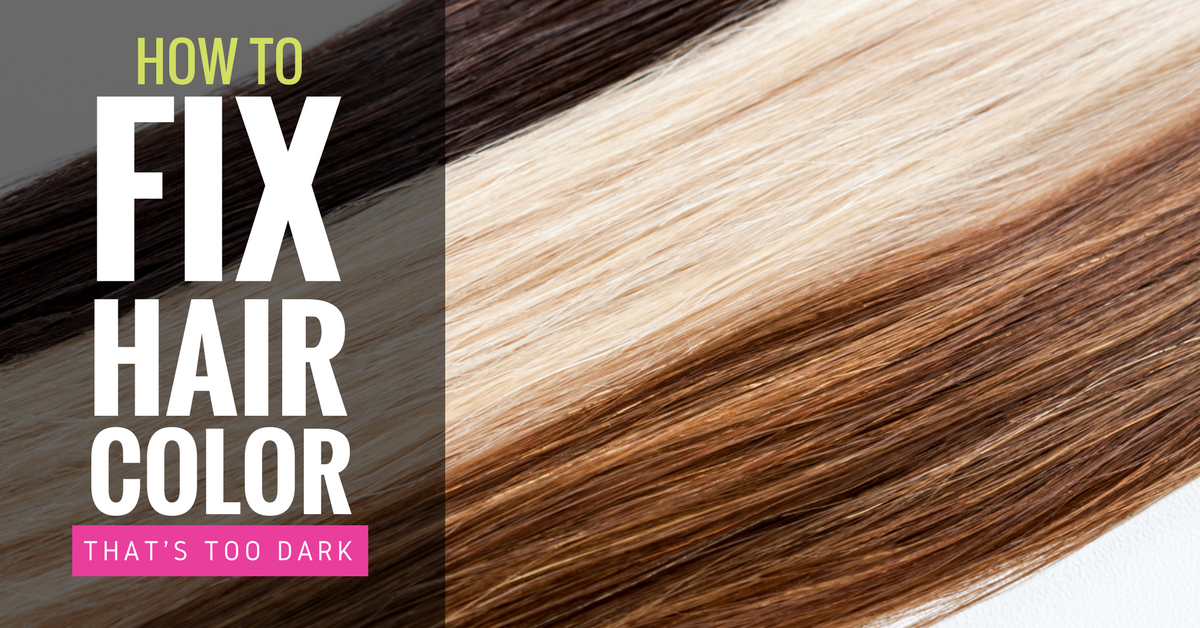

Heavens! Now let’s see how to make things look much nicer.Ĭorrect the VueScan Settings Before Scanning Adding to the problem, the default B/W vendor, B/W brand, and B/W type have been chosen. The dark tones have been forced to pure black. Light gray tones appear pure white – like chalk. The default VueScan Preview settings have made the image appear quite harsh: the White Point setting of 1 and the default Curve low and Curve high settings, have clipped the low and high tonal values. Finally, we adjust the middle setting (Gamma) to taste. We don’t want them to look bleached out). The right-side setting is light enough to show the high values naturally, without any clipping or unnatural loss of texture. We have adjusted the Input settings so that the dark values on the left side, are just dark enough to render the black film edge as black – but no darker. We have corrected the default Output settings. Now let’s see how to make things look much nicer.Ĭorrect the Epson Histogram Before Scanning Meanwhile, the overall Output has been constrained on both ends of the tonal scale: instead of 0-255, our image contains only 10-200. The default Epson Preview settings have made the image appear quite harsh: the Input high values have been clipped, and appear pure white – like chalk. The actual negative is rather soft in appearance: as the histogram shows, the tonal scale occupies no more than 40% of the scanner range.

In a picture like this, a faithful and delicate rendering of the subject is the photograph. Or as Fred Picker used to say… “It should feel like light”. If a scan is good, the image should convey subtle nuances of shading. It’s not the greatest photo in the world, but it makes a good demonstration, because the tones are fairly close and subdued. The subject is a pair of pink roses, in overcast light. Our goal here, is to reveal the natural beauty we have already captured on film.Ībove is a negative, made on 5×7 inch Ilford FP4+ film, and developed in Pyrocat HD.

If you are working towards a more manufactured and glamorous look, you might want to skip over this article. Ilford FP4+ film, developed in Pyrocat HD, February 2010ĭon’t tell the Photoshop sales and training community, but the more digital “corrections” we make to an image, the more artificial it tends to look. Minimal manipulation in Photoshop was required. The image below illustrates the “analog” quality of an image that has been properly exposed, developed by inspection, and scanned in a simple, straightforward manner. We want to avoid performing lots of digital adjustments in our image editing tool, like Photoshop. We want to get an image directly from the scanner, which comes as close as possible to the final print.


 0 kommentar(er)
0 kommentar(er)
